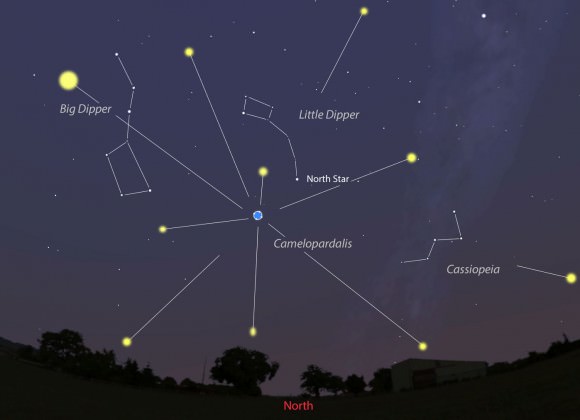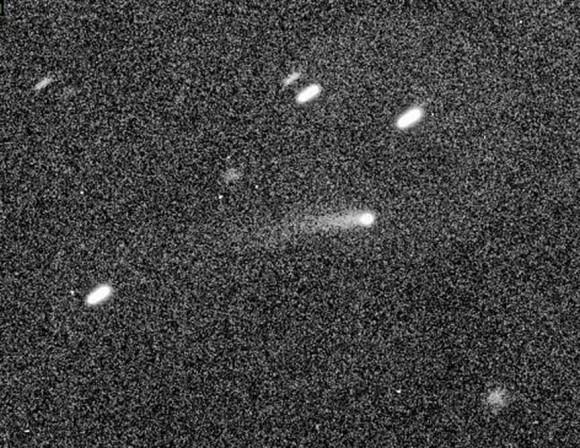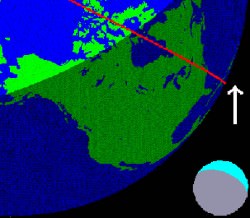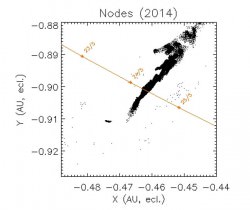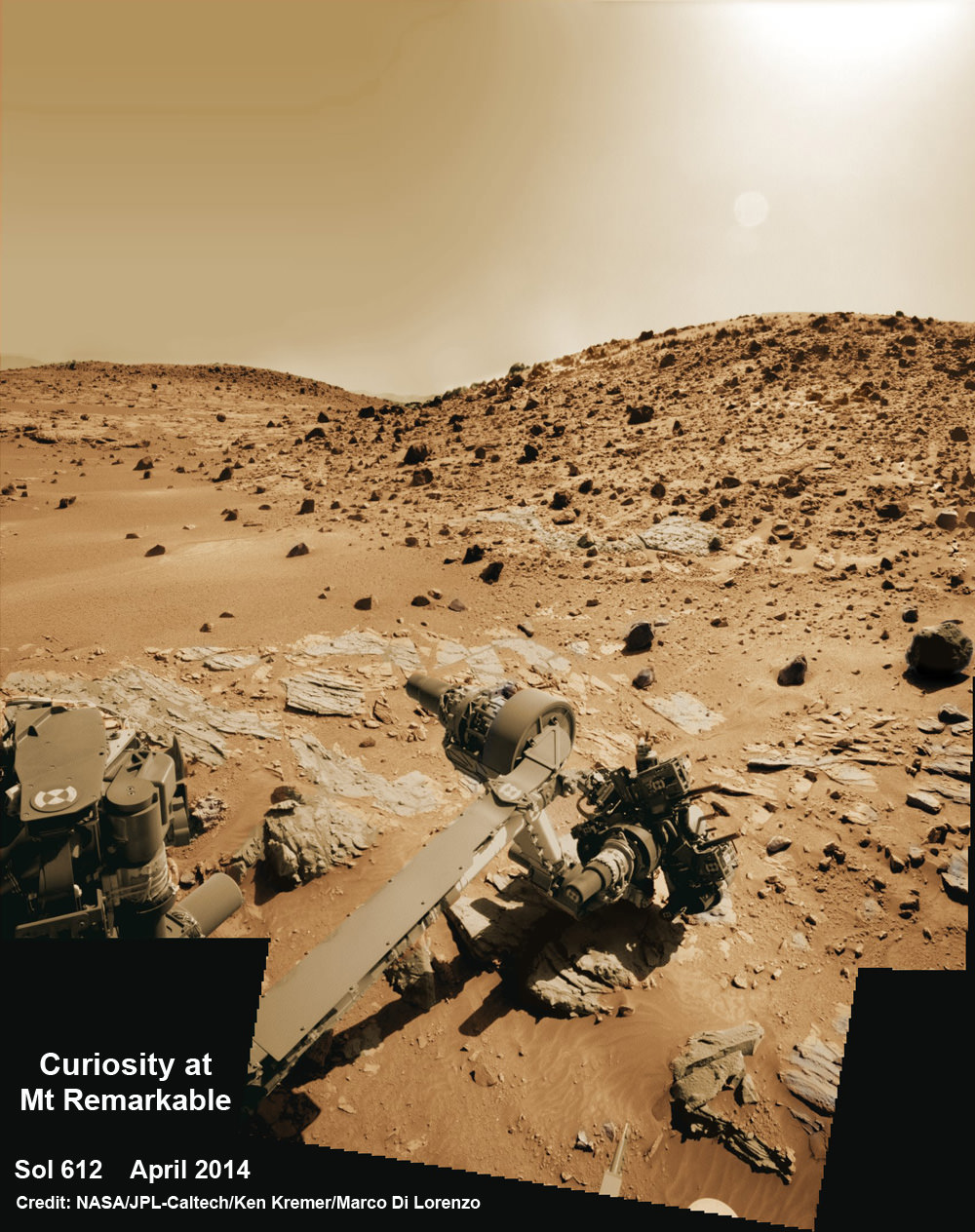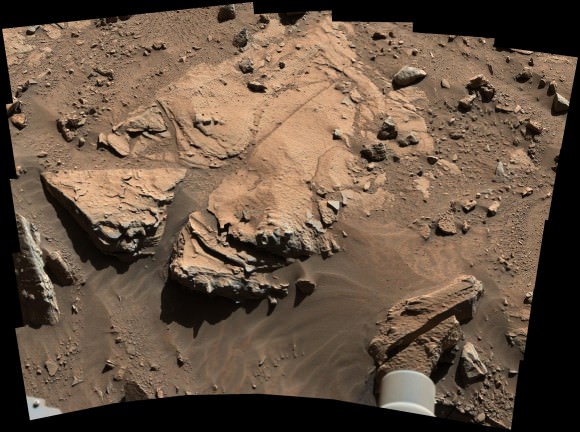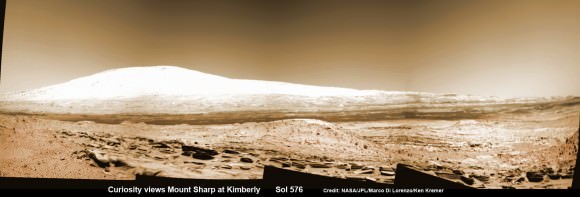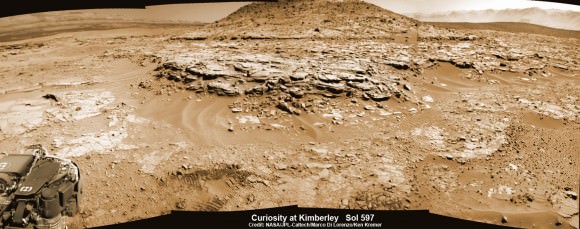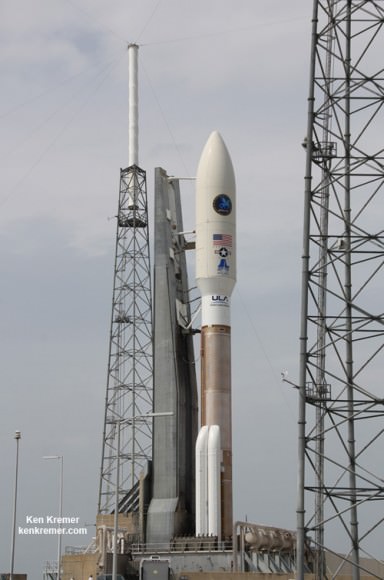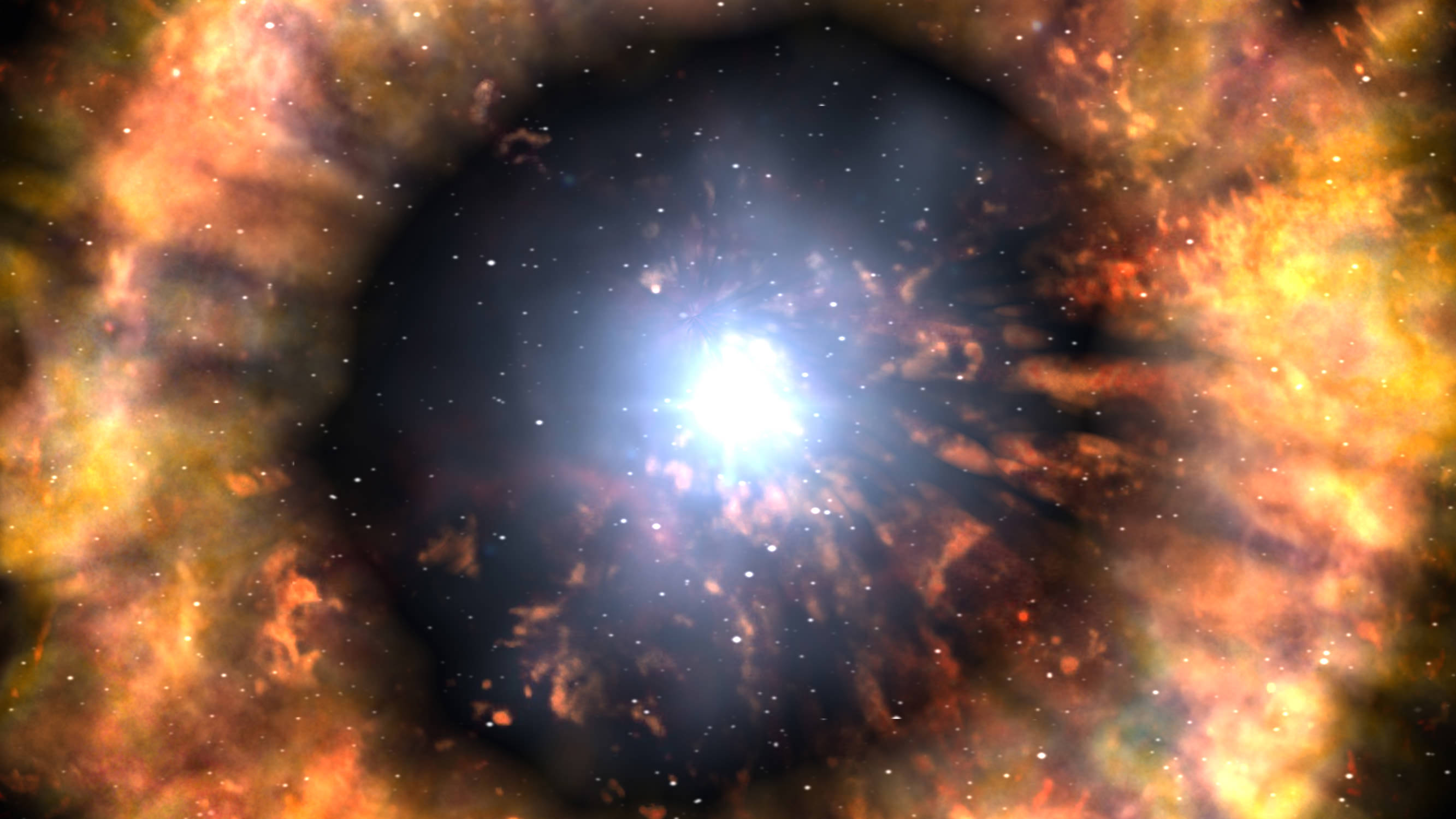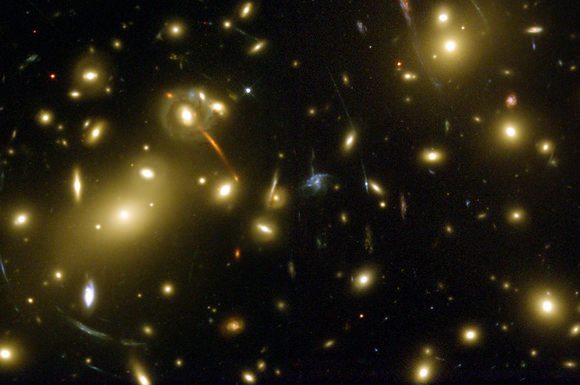Welcome, come in to the 351st Carnival of Space! The carnival is a community of space science and astronomy writers and bloggers, who submit their best work each week for your benefit. I’m Susie Murph, part of the team at Universe Today and now, on to this week’s stories!
Leading off the big news this week, CosmoQuest kicked off a 36-day fundraiser with a 36-hour Hangoutathon this weekend! You can go over there to find links to the schedule and the videos on YouTube, and you can still donate to help DO SCIENCE!
And if you’re wondering about what kind of science they do, in the first of what will be a series, Nicole Gugliucci explains the first peer-reviewed science paper to come from CosmoQuest citizen science. Why do we count craters, anyway?
Another worthy organization is discussed in Jason Major’s article over at Universe Today. A penny for NASA… this is the goal of Penny4NASA.org, an outreach group that strives to increase the funding — if just by a little — of the world’s most accomplished, inspirational, and powerful space exploration administration. (Before… you know, it isn’t.)
Then we go over to Brian Wang’s Next Big Future blog, where he give us the scoop on the SpaceX Falcon 9 rocket booster’s successful return to Earth, where it deployed its landing legs, and hovered for a moment. The ability, known as a soft landing, could allow the company to dramatically reduce the cost of spaceflight and one day land rockets on Mars. Then Brian covers SpaceX’s intentions to use the Spacex Heavy lift vehicle and the Spiderfab robotic assembly machine to create structures in orbit cheaper and easier, such as space-based mirror farms to collect solar energy.
Next, we go over to Vega00.com where, until now, the orbital stability of the two nearest planets to 55 Cancri has been a mystery. Now, a new computational simulation shows that this is possible. (This article is written in Spanish.)
Then, Zain Husain over at BrownSpaceMan.com explains What are white holes? It’s just a theory for now and possibly all it will ever be however, why is that? Here we take a look at the definition of a white hole and what we understand about them.
Next, over at the Chandra X-Ray Observatory blog, they explain how professional and amateur astronomers can join forces to
study the skies, since amateurs have one resource that professionals often lack – time to focus on one research project in depth.
An example of how an amateur observer’s patience and persistence paid off with a valuable scientific discovery is the story at Simstronomy. Rod Stubbings discovered OQ Carinae: A New Southern Z Cam Type Dwarf Nova, simply by putting in the time and effort to observe and record details for 14 years on a garden-variety dwarf nova. Congratulations to Rod, and we look forward to more observations and discoveries from you!
So how do we get amateurs interested in astronomy? Pam Hoffman and Jeff Miller over at EverydaySpacer have an ongoing discussion the new version of Cosmos, hosted by Neil Degrasse Tyson, and how it may influence a new generation of scientists and astronomy buffs. This week, Pamela points out some issues regarding religion and a significant sticking point with her – the lack of mention of significant influences women have had in the history of science. I agree, Pamela – they’ve had a great opportunity, since they’re focusing on lesser known stories. Hopefully they’ll mention some important contributions that women have made in the remainder of the episodes!
Then we go over to Doc Madhattan for some great exercises that can be done in the classroom for the next generation of scientists. This week, simulate the transits of exoplanets, to explain how we’re discovering such far-away objects!
And finally, keep your eyes on the skies – we’re about to be treated to Comet PANSTARRS K1 as it swings by the Big Dipper this week, and sprouts a second tail! Read more over at Universe Today!
That’s it for this week’s Carnival – it was a good week in space and science news! See you all next time!
And if you’re interested in looking back, here’s an archive to all the past Carnivals of Space. If you’ve got a space-related blog, you should really join the carnival. Just email an entry to [email protected], and the next host will link to it. It will help get awareness out there about your writing, help you meet others in the space community – and community is what blogging is all about. And if you really want to help out, sign up to be a host. Send an email to the above address.




